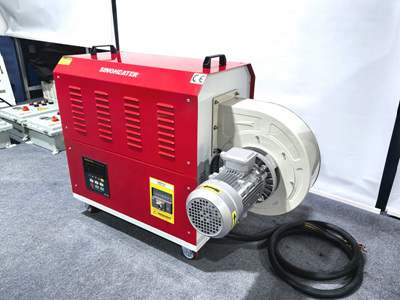When a hot air blower is used for car film application, temperature control is a key factor affecting the film application effect. The following are specific temperature control techniques:
Initial low-temperature heating method: During baking, it is recommended to start from a low temperature (such as 50-60℃) and gradually increase the temperature to avoid deformation caused by rapid shrinkage of the film surface due to sudden temperature rise. During the film softening process, by evenly moving the hot air gun in combination with the operation of the scraper, the air and moisture between the film and the glass are gradually squeezed out.
Dynamic temperature regulation strategy: Different film brands have varying temperature requirements, and parameters need to be adjusted according to the characteristics of the film material. For instance, some hot air guns support a wide range of adjustment from 200 to 400℃. In actual operation, the temperature should be corrected in real time by combining the softening rate of the film with the thermal conductivity of the glass to prevent bubbling or burning.
Operating Specifications for Hot air guns:
Distance control: Maintain a working distance of 5 to 10 centimeters to avoid local overheating or insufficient heating.
Movement trajectory: A progressive baking path from the center to the edge and from top to bottom is adopted to ensure uniform heating of all parts of the glass.
Curved surface treatment: For curved glass, it needs to be baked in sections. First, handle the flat areas and then finely adjust the curved parts.
Temperature monitoring mechanism: Prioritize the use of hot air guns equipped with digital display screens to monitor the outlet temperature in real time. When signs of shrinkage are found on the membrane surface, the temperature should be immediately reduced or the moving speed adjusted to prevent the membrane material from losing elasticity due to overheating.
Safety protection measures:
When operating, heat-insulating gloves should be worn to avoid direct contact with the high-temperature gun barrel.
Use a shield to protect the interior of the vehicle to prevent damage caused by the heat from the hot air gun.
Keep the working area well-ventilated and dry, and stay away from flammable items and toxic solvents.



